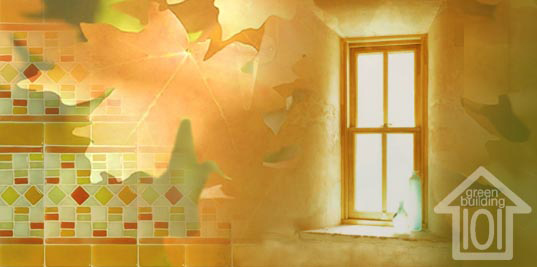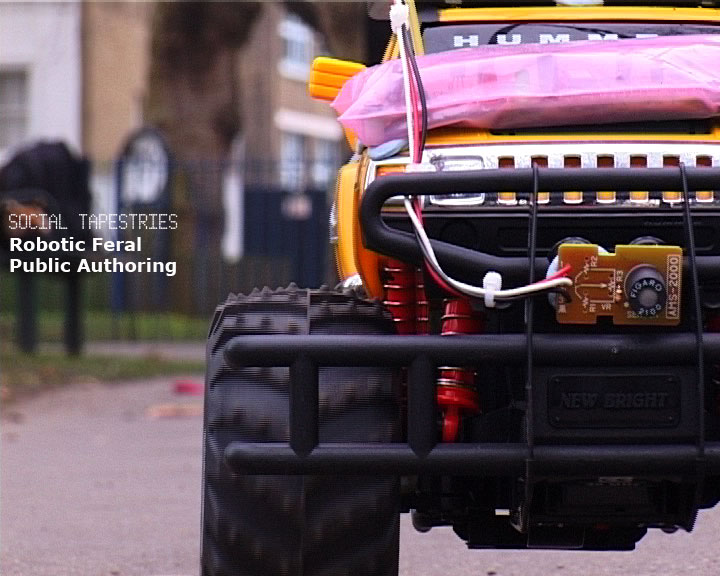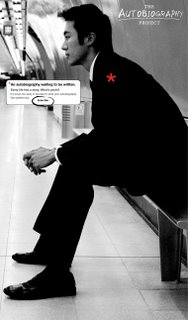Summer
Since I haven’t blogged in awhile, here are two posts for your viewing pleasure.
I am really interested in using different forms of cultural action to help build better communities. Communities are a vital social model, allowing us to tackle problems beyond the ability of individuals with the focus of a defined (usually relatively small) group of people. How do the arts and cultural work in general help communities grow more sustainable futures? If you have a cool website or project or your own ideas on these subjects please let me know.

I saw this neat series on Inhabitat.com, called “Green Building 101: Materials & Resources, Part I & II.” It is a very informative and concise summary of how to build more environmental buildings. It is very easy and clear to read, obviously written for people who are actually doing construction who need some help being green.
One of the things I have not seen a lot of consciousness about in the art projects I have been apart of is the environmental impact of the materials used. This was certainly not one of my top priorities when I was directing The Laramie Project. However, as we move into a time when artists are going to be forced to respond to the impacts of the environmental degradation humans have caused, it would seem only logical to practice what we will have to preach.
I will let you know when the next segment of the series is posted.
Labels: Inhabitat
Here is a project using technology to help communities learn about their environment they live in. Urban Tapestries/Social Tapestries is a group:
Experimental software platform for knowledge mapping and sharing “public authoring.” It combines mobile and internet technologies with geographic information systems to allow people to build relationships between places and to associate stories, information, pictures, sounds and videos with them.
What they hoped to do is:
· create and support relationships that transcend existing social and cultural boundaries;
· enable the development of new social and creative practices based around place, identity and community;
· reveal the potential costs as well as benefits to communities and individuals.
There are two interesting things about this group. First off, the more we know about our environments, the quicker and easier we will be able to build socially and environmentally sustainable communities.
It also brought up for me a really interesting problem for community conscious artists. What would an art piece look like that allowed community members actively and meaningfully commentate and express themselves publicly (and I am not talk motion sensitive imaging software) to and about their environments (both social and physical)? If you all know any projects that address this question I would love to hear about them.

The Autobiography Project is an interesting community expression project taking place in
There are several aspects of this project with exciting implications. First off, any effective community envisioning project must contain an understanding of the communities past. Not only are important lessons to be learned from one’s history, but also most communities have a desire to retain something of their “historic” selves. Now, 20 autobiographies hardly constitute a complete history, but they do point out that personal stories in combination with avenues for public expression (in this case public space) can be used to tell a communities story.
...is how it has briefly reclaimed a handful of
As our public spaces become more and more privatized and commercialized, cultural actions that work against this trend take on greater importance as means of securing spaces for public expression.
Labels: Photography, Worldchanging
One the keys to building sustainable communities is redefining the unsustainable social norms. The emphasis on personal ownership is one such problem. Instead, many people have talked about product-service-systems, which are models for sharing different kinds of equipment. So instead of every house hold owning their own power drill (which on average are only used 20 minutes in their life time) a community will own a power drill, allowing members access on an as-needed bases. One of the problems to this is the connection of ownership and status (you haven’t really made it till you own the drill.) Alex Steffen (yes my brother) wrote a really interesting post for worldchanging.com on the branding of services (convincing the public they only need to drill a hole, they do not need to own the drill). It is worth checking out.
Labels: Worldchanging

I listened to another TED speech today. This time it was Sir Ken Robinson, an expert on creativity.
The highlight of the speech was Robinson’s insight that in an ever changing world creativity is one of the most valuable assets. This makes complete sense, for as things change with increasing speed ingenuity is what allows people to adapt; to solve problems and take advantage of new technologies and ideas. Robinson defined creativity as original ideas that have value. He pointed out that it comes from a multi-disciplinary approach to problems. In other words, creativity comes from seeing things from different perspectives.
Thus we see the value of diversifying communities and including all members of a community in development efforts. For with more diversity comes more creativity.
I finally checked out some of the speeches from the TED (Technology, Entertainment, and Design) conference that are online. If you have not heard of TED, it is a four day conference of innovative thinkers.
The first person I watched was Majora Carter Founder and Executive Director for the Sustainable South Bronx. A grass roots non-profit dedicated to sustanable and environmentally just urban development in theMuch of the speech was pretty basic ideas. Carter made the connection between economic, environmental, and social degradation. She also talked about nurturing nature as an effective way of developing valuable community resources.
Hey all!